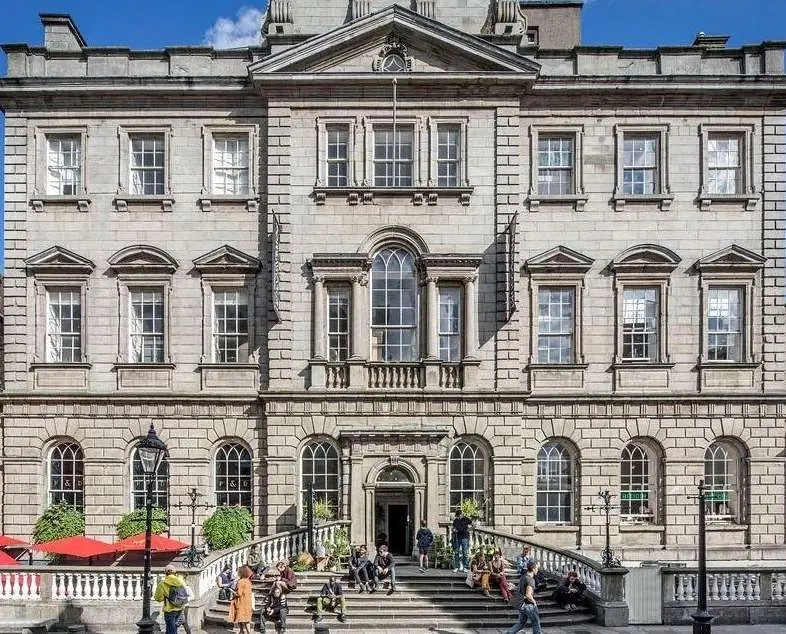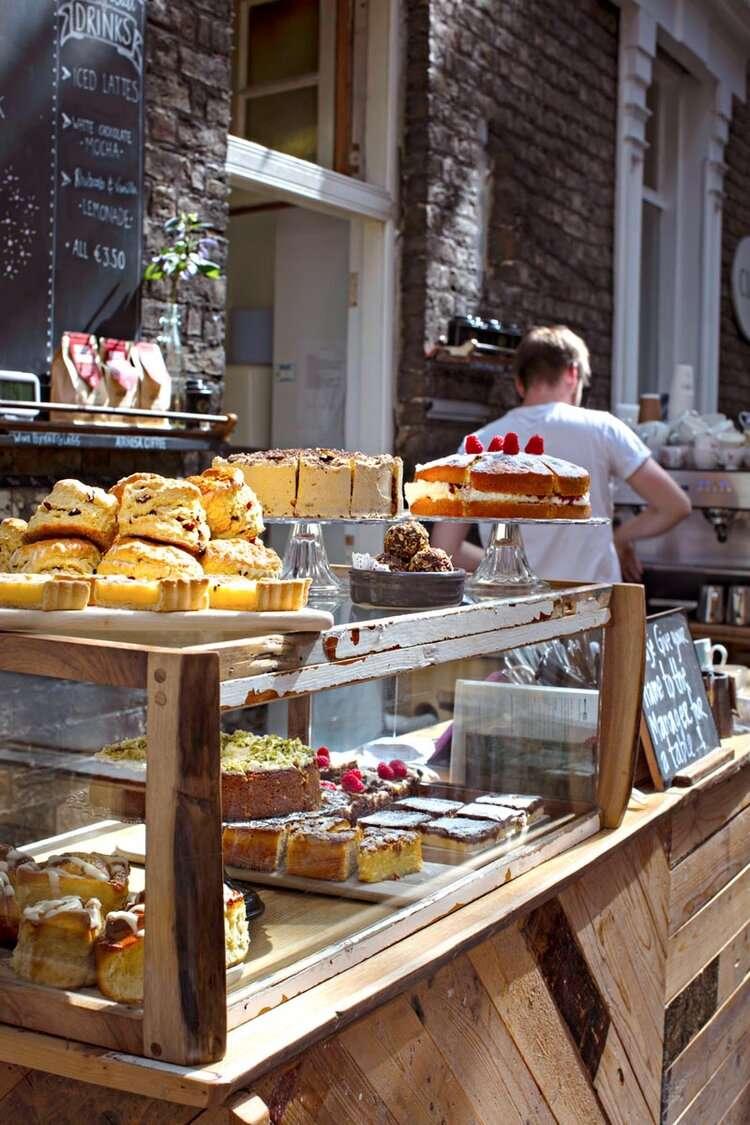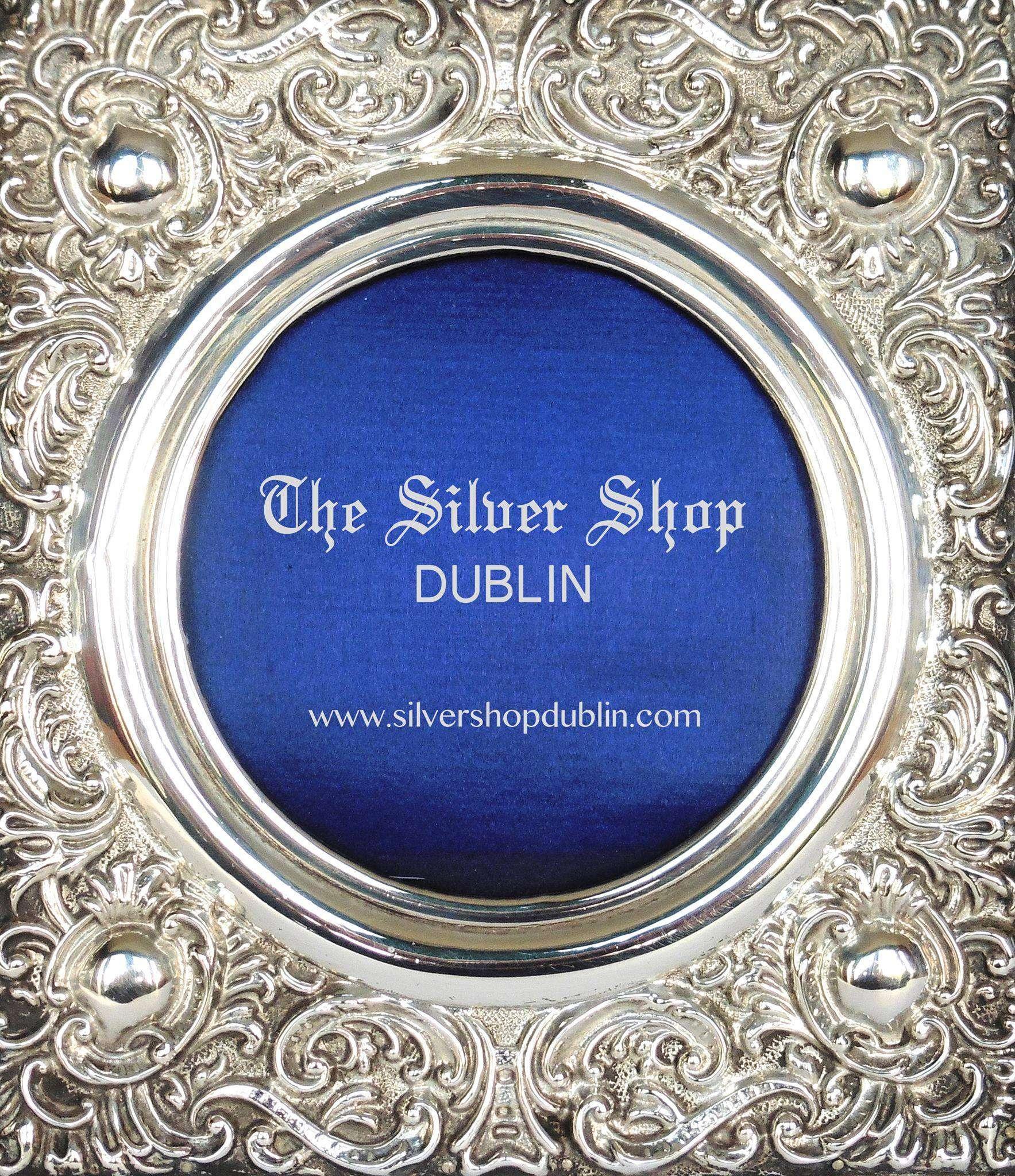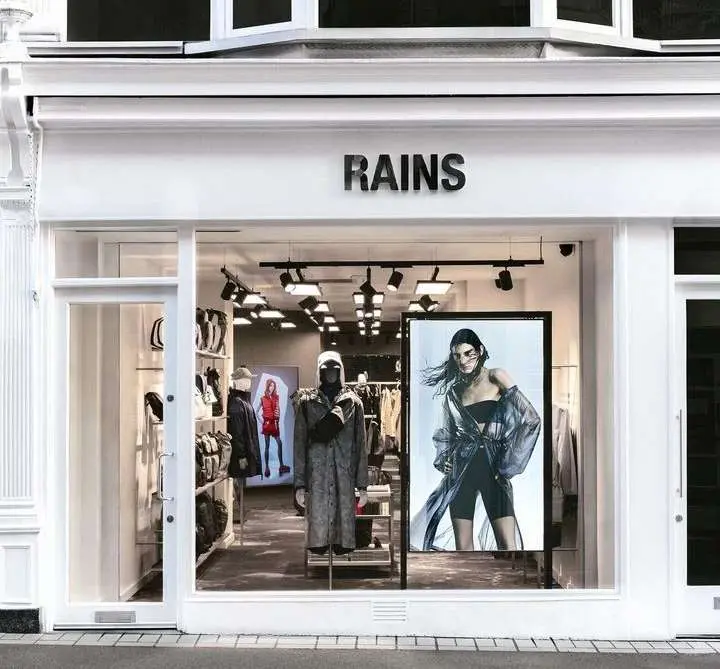About
Powerscourt Centre is a speciality shopping centre set in an elegant Georgian house centrally located just off Grafton Street. Formally, 59 South William Street was home to Richard Wingfield 3rd Viscount Powerscourt (1730-1788) and his wife Lady Amelia, who bought the Townhouse to entertain guests during Parliament season. Back then,…
Powerscourt Centre is a speciality shopping centre set in an elegant Georgian house centrally located just off Grafton Street. Formally, 59 South William Street was home to Richard Wingfield 3rd Viscount Powerscourt (1730-1788) and his wife Lady Amelia, who bought the Townhouse to entertain guests during Parliament season. Back then, the building was a house for parties, and very much lives up to that reputation nowadays!
The townhouse, designed by Robert Mack, took 3 years to complete at a cost of €80,000 and is the third finest Georgian House in Dublin, with the magnificent Leinster House and Charlemont House leading respectively. The Lord and Lady Powerscourt spared no expense in decorating the house and employed well know artists and craftsmen. In order to dazzle their guests the hallway and landing were decorated in a rococo style and the ceiling in the music room, currently The Town Bride, and in the ballroom, The Powerscourt Gallery, are in a neo classical style.
They were designed by Michael Stapleton. Known in Dublin as the ‘French Earl’ because he had made the Grand Tour and returned home wearing the latest Parisian fashions, starting a trend that continues in the building to this day, Richard died here in 1788 and was laid out in state for two days, with the public being admitted to view him.
Over the years, the Government made expansive alterations to the property. Francis Johnston, architect of the G.P.O. and St. George’s Church, added three groups of buildings around the courtyard for use as a stamp office. There are other examples of Johnston’s work nearby on Clarendon Street, with the Clock tower and Bell.
The Powerscourt Centre is a fine example of Dublin’s Georgian architecture; the house is unique in showing the transition from rococo style to neo-classic under one roof. Meldon, in his ‘Views of Dublin’ (1779) said the house ‘ may be considered in point of consequence of appearance and architectural embellishment, as the third private edifice in Dublin.’ With its historic past the centre’s architecture serves as a magnificent setting for browser’s and shoppers alike. The house has become a regular test for students of architecture.
The Powerscourt Townhouse could be a self-sufficient commune all on its own. It has high street, good quality brands like All Saints and French Connection, independent and stylish sellers of bijou goods in the Loft, eateries that will even impress your inanimate knife and fork – they’re that good – and also assorted crucial – but not always widely available – services, with a gallery and dress hiring service among many other things.










